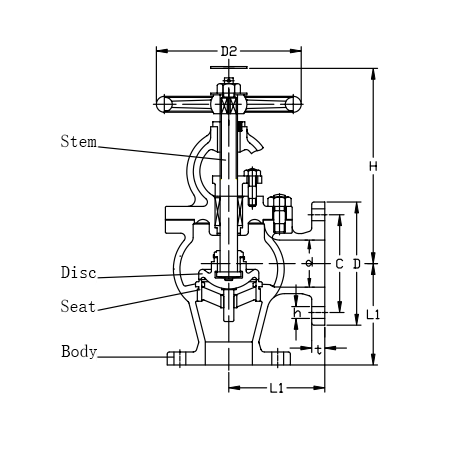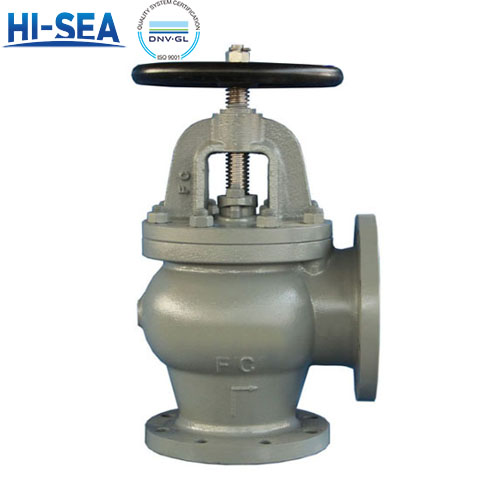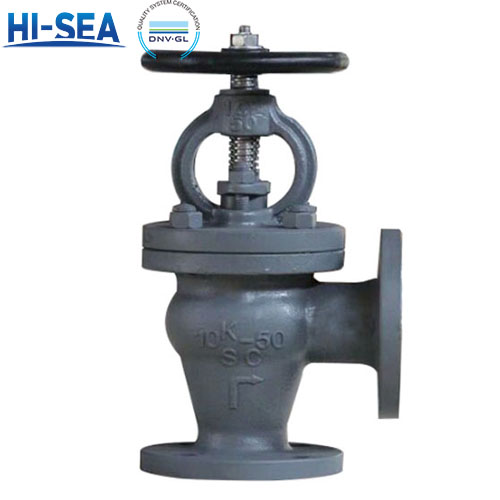
What is Marine Angle Valve?
Overview
Working principle
Angle valve operates on a simple principle of controlling the flow of fluid (usually water) in a piping system.
Angle valves can be made of various materials such as brass, bronze, stainless steel, or other corrosion-resistant alloys to withstand the harsh marine environment. They often feature sturdy construction and reliable sealing mechanisms to ensure they can withstand high pressures and prevent leakage, which is crucial for the safety and efficiency of marine systems.
Here's a breakdown of its working principle:
Valve Body: The angle valve consists of a body, usually made of metal, with an inlet and an outlet port. These ports are connected to the piping system.
Valve Stem and Handle: Inside the valve body, there's a valve stem that extends through the top of the valve body. This stem is connected to a handle on the exterior of the valve. Turning the handle clockwise or counterclockwise controls the opening and closing of the valve.
Valve Seat and Disc: Within the valve body, there's a valve seat where a disc or plug is seated. When the valve is closed, this disc seals against the seat, preventing fluid flow. When the valve is open, the disc lifts away from the seat, allowing fluid to pass through.

Image of the Globe Valve








